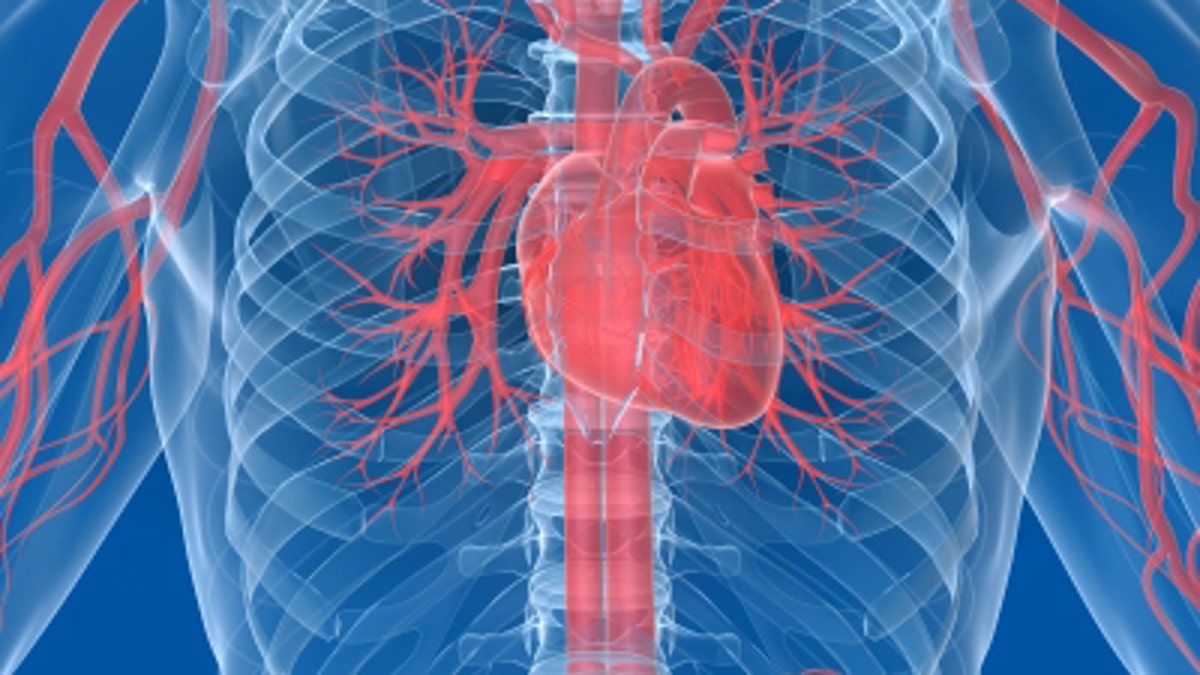
No matter how young an individual may feel at heart, little can currently be done to counteract the effects of natural cardiovascular aging. As an adults ages, his or her heart grows larger and its walls thicken, often leading to a disease known as diastolic heart failure. This is the most common form of age-related heart failure and despite the fact that it affects millions, there is no known treatment.
However, in a breakthrough discovery, researchers at Harvard University have pinpointed a protein that, when injected into the blood of mice, is able to reverse aging in the heart within 30 days – effectively turning old hearts young again.
“We’ve developed this potentially broadly-acting rejuvenative protein and we are excited to understand its potential in humans,” study author Amy Wagers, a professor of stem cell and regenerative biology at Harvard University, told FoxNews.com.
Wagers and her colleagues identified the protein, known as GDF-11, over many years of research. Because aging occurs more or less uniformly throughout the body, the researchers had long suspected that one specific factor essentially signals to all of the body’s tissues how they should function as a context of age.
“We looked in the blood stream, because the blood carries things to all parts of the body; that would be a logical place for that substance to be traveling,” Wagers said.
Eventually, they zeroed in on the protein GDF-11.
“(The protein) was very high in the blood of young mice and low in the blood of old mice, suggesting that could have an impact on aging,” Wagers said.
After discovering the protein, Wagers and her colleagues decided to study the impact it had on cardiovascular aging. They injected GDF-11 into the blood streams of older mice in order to increase their GDF-11 levels to match the levels found in younger mice.
After 30 days, the researchers examined the hearts of the older mice, which had previously shown thickened walls similar to those in older humans. The researchers found that the thickening had reversed, and the hearts of the older mice now looked almost identical to those of the younger mice.
“The older hearts really did look almost the same at a gross anatomy level. I’m certain there are still some differences, but it was quite dramatic how much rejuvenation (there was),” Wagers said.
While previous research has shown regenerative treatment through the use of stem cells in spinal and muscular-skeletal systems, Wagers and her team were shocked to discover that a protein could have a regenerative effect on the heart.
“I was very surprised, actually,” Wagers said. “The process I had in my mind was that it was a process of controlling function in normally regenerative tissues and replacing cells all the time.”
Because GDF-11 can be circulated through the blood system, it offers a “very therapeutically accessible opportunity,” Wagers noted.
Researchers estimate that four to five more years of testing and research still needs to be done before clinical trials could begin. However, Wagers and her colleagues hope to one day use this discovery to help reverse cardiovascular aging in humans as well.
“We hope that by providing this protein, we could reverse that heart enlargement, and that would have a benefit to the many patients who have this form of heart disease,” Wagers said.
This research was published on May 9 in the journal Cell.
